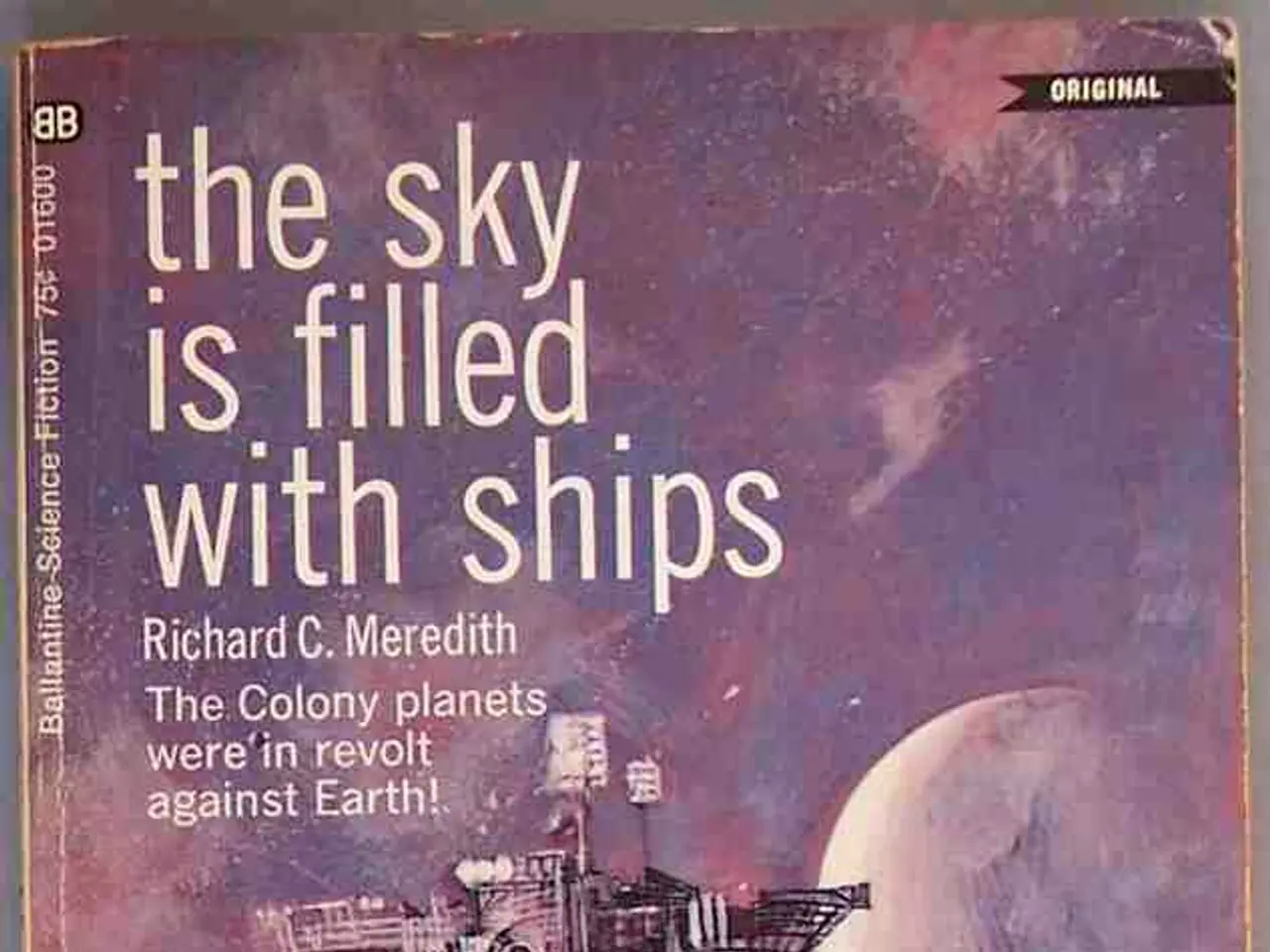Mercury's Lost Meteorites Puzzle Potentially Solved by Scientists, Yet Uncertainties Persist
In a groundbreaking development, two unusual meteorites discovered in the Sahara Desert in 2023 and Tunisia's Ksar Ghilane, as well as Northwest Africa 15915 from Morocco, have raised intriguing possibilities about their potential origin—Mercury. Despite intensive research and improved data from missions such as NASA’s MESSENGER, no definitive meteorite has been unequivocally linked to Mercury as of mid-2025.
The meteorites, Ksar Ghilane 022 and Northwest Africa 15915, are achondrites, lacking chondrules and composed mainly of silicates like olivine and pyroxene, as well as plagioclase and oldhamite. These compositions are uncommon and show some similarities to Mercury’s inferred surface makeup, based on remote sensing data.
However, a significant challenge in confirming their Mercurian origin arises from the meteorites' age, which appears to be around 500 million years earlier than the surface of Mercury. This discrepancy has led to ongoing debate within the planetary science community, with upcoming presentations and discussions planned at events like the 2025 Meteoritical Society Meeting.
The upcoming BepiColombo mission, a joint European-Japanese spacecraft currently en route and due to enter orbit around Mercury in late 2026, may be able to answer long-standing questions about Mercury, including its formation and the presence of water. This mission is expected to deliver high-resolution data on Mercury's surface mineralogy and composition, which may help confirm or refute a Mercury origin for these meteorites by better matching meteorite mineralogy with Mercury’s regional geology.
If proven to be from Mercury, these meteorites would provide a rare window into Mercury’s crust, its geological evolution, and even its surface gases. This is especially important because direct sample return missions to Mercury are highly challenging due to its proximity to the Sun.
The new analysis of the 2023 meteorites revealed a complete lack of iron in the space rock samples, consistent with scientists' assumptions about the planet's surface. The meteorites also contained only trace amounts of plagioclase, a mineral believed to dominate Mercury's surface.
If the two meteorites found in 2023 are confirmed to be from Mercury, they would greatly advance scientists' understanding of the least studied and most mysterious of the solar system's rocky planets. The meteorites analyzed by Dr. Rider-Stokes contain olivine and pyroxene, minerals confirmed by NASA’s MESSENGER probe to be present on Mercury.
Dr. Rider-Stokes believes this discrepancy in age is not sufficient to rule out a Mercurian origin, due to the limited reliability of MESSENGER’s data. The meteorites' compositional clues, such as the lack of iron and the presence of sulfur-rich minerals, suggest a link to Mercury.
Identifying fragments of Mercury would be especially crucial due to the challenges and expense of a mission to gather samples from the planet closest to the sun. The Meteoritical Society, which currently houses more than 1,100 known samples of meteorites from the moon and Mars, is eagerly awaiting the confirmation of these meteorites' origin.
The discussion around these promising meteorite candidates will continue at the annual meeting of the Meteoritical Society, which takes place this week. As the BepiColombo mission approaches Mercury, the scientific community eagerly anticipates the high-resolution data it will provide, bringing us one step closer to solving the mystery of Mercury’s “missing meteorites.”
- The meteorites discovered in the Sahara Desert, Tunisia's Ksar Ghilane, and Northwest Africa 15915, if proven to be from Mercury, would provide a rare opportunity to study its crust, geological evolution, and surface gases.
- The upcoming BepiColombo mission, a joint European-Japanese spacecraft en route to Mercury, may be able to answer long-standing questions about Mercury, including its formation and the presence of water, which could help confirm or refute a Mercurian origin for these meteorites.
- The Meteoritical Society, which houses over 1,100 known samples of meteorites from the moon and Mars, is eagerly anticipating the confirmation of the 2023 meteorites' origin, particularly if they are from Mercury.
- Despite evidence from compositional clues such as the lack of iron and the presence of sulfur-rich minerals in the 2023 meteorites, the age discrepancy between the meteorites and Mercury's surface has led to debate within the planetary science community, making the upcoming presentations and discussions at events like the Meteoritical Society Meeting crucial.




